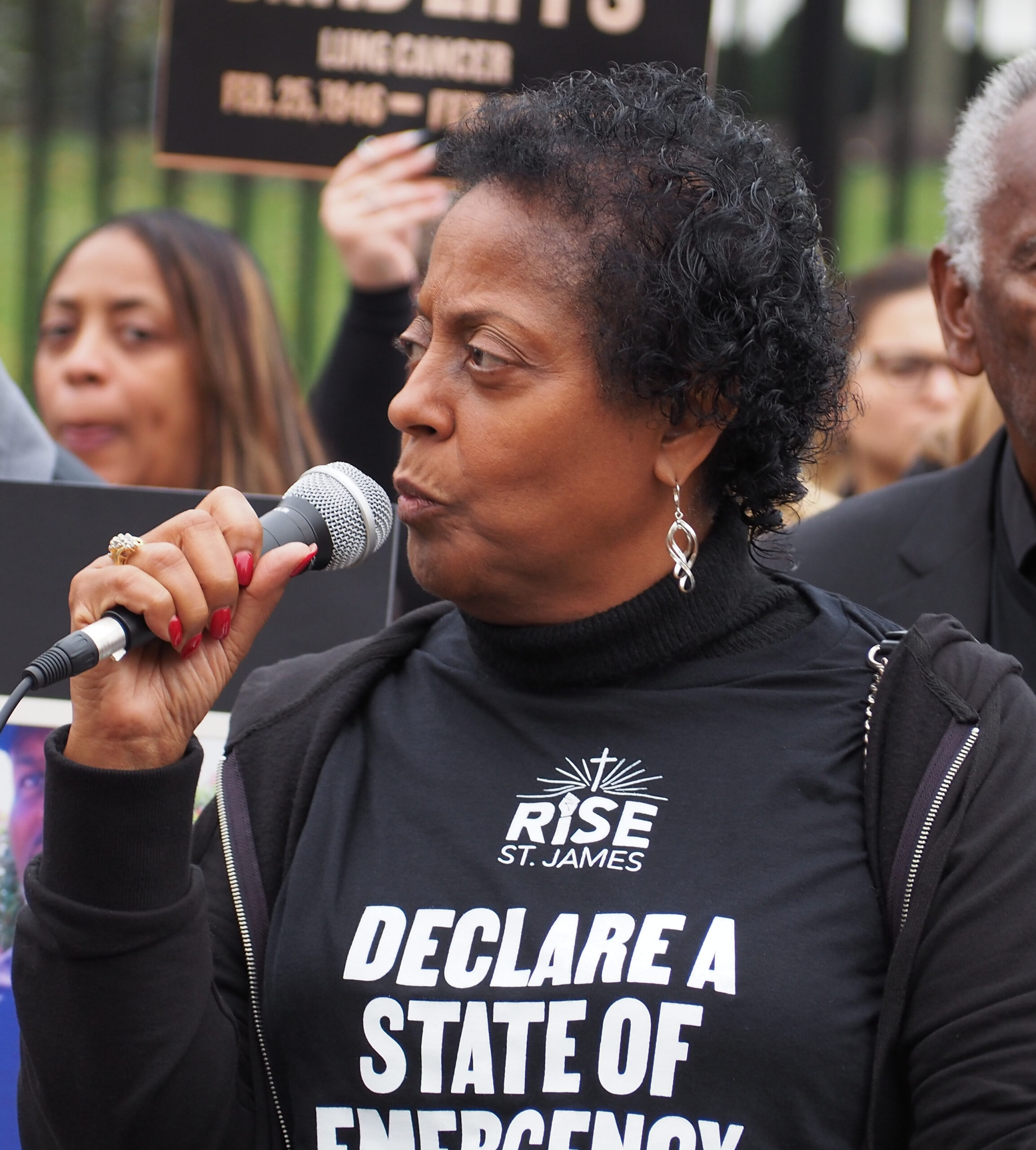 Each year in January, community groups estimate the number of people experiencing homelessness in the United States on a single night by conducting a Point-in-Time (PIT) count. The efforts are organized by the United States Department of Housing and Urban Development (HUD) and are implemented by local groups that coordinate a Continuum of Care (CoC) of homelessness services. On the ground, counts involve large teams with many volunteers counting the number of unhoused individuals observed outdoors in each community. Surely, there are limitations to the PIT count, but it provides useful information and illustrates important steps and challenges in social research.
Each year in January, community groups estimate the number of people experiencing homelessness in the United States on a single night by conducting a Point-in-Time (PIT) count. The efforts are organized by the United States Department of Housing and Urban Development (HUD) and are implemented by local groups that coordinate a Continuum of Care (CoC) of homelessness services. On the ground, counts involve large teams with many volunteers counting the number of unhoused individuals observed outdoors in each community. Surely, there are limitations to the PIT count, but it provides useful information and illustrates important steps and challenges in social research.
On one hand, the PIT count is a flawed method — many people experiencing homelessness are not so easily observed, e.g., people living in vehicles, residing in remote spaces, or staying in sheds, trailers, or abandoned buildings. In addition, the PIT count does not include people who are doubled-up or precariously housed. From this perspective, the numbers each year are only part of the whole picture.
On the other hand, the planning, coordination, and usefulness of the PIT count should not be overlooked. Prior to PIT counts, our knowledge of the prevalence of homelessness was more contested, and estimates varied tremendously. In the 1980’s, Mitch Snyder, an advocate for housing rights, declared that there were several million people experiencing homelessness. In contrast, HUD estimated between 250,000 and 350,000 people, but no one really knew.

Enumeration, or the act of establishing the number of something, can be difficult even when there are clear cases to be counted. This challenge is not unique to counting those who are unhoused or homeless. Consider the task of estimating the number of undocumented immigrants in your community or refugees worldwide. While undercounting is always likely, conducting a rigorous and systematic count helps build trust in the number and makes it easier to study change over time, demonstrate the effects of programs and policies, and advocate for needed resources.
Furthermore, the PIT count illustrates several important steps in conducting social research. To begin, consider the challenge of defining homelessness and creating criteria for inclusion and exclusion. We can do this through the process of conceptualization and operationalization in which abstract concepts are made more concrete so that something can be measured, quantified, or studied. The PIT count operationalizes unsheltered individuals as those who plan to sleep in a vehicle, park, abandoned building, outdoor encampment, or in the street. In tandem, the Housing Inventory Count (HIC) includes people living in emergency and transitional shelters. Each year the prevalence for those experiencing unsheltered and sheltered homelessness is reported.
Another challenge entails conducting research systematically. This requires a methodology that is transparent and can be replicated. To do this, HUD has published a Methodology Guide with training resources and recommended models for conducting observations and interviews. The model interview for surveying unsheltered individuals includes a script for interviewers to use when introducing themselves and questions such as “where are you sleeping tonight?” and “did another volunteer ask you these questions?” in addition to questions about the person’s age, race, ethnicity, and gender.

A third challenge involves conducting research in the field as compared to a highly controlled setting. The PIT count occurs across hundreds of communities at nearly the same time. Ultimately, we know that the precise methods used in communities vary as they may utilize different combinations of the recommended tools, have different people implementing the tools, and comprise different numbers of people conducting the counts.
Ultimately, transparency about methods and their limitations allows room for critique and methodological improvements — another important part of rigorous science. Indeed, researchers have tested more resource-intensive approaches supplying evidence that the current PIT count methodology produces an underestimate. Still, a regular snapshot of the prevalence of homelessness in the United States helps us better understand trends, e.g., the impact of homelessness on veterans, families, unaccompanied youth, and different racial and ethnic groups. The data is also important for policymakers in allocating resources.
In summary, PIT counts bring important attention to challenges with homelessness across the United States. They also illustrate key steps in social research including creating inclusion and exclusion criteria, developing systematic methods, and implementing research practices in the real world. While the PIT count data is helpful, it’s important that we continue to critique it and improve these methods — and improve our use of the data, too.
Here are a few steps you can take to learn more: 1) Look up your local CoC. There are hundreds of CoCs and at least one within every U.S. state and territory. Each CoC has a lead organization that you can learn more about. 2) Review past PIT count reports. In addition to national results, you can find annual reports for each state describing PIT count and HIC findings. 3) Analyze the PIT count data. Data can be downloaded as .csv files from 2007 to the present. With this data, you can examine differences from year to year in your state, compare CoC data within your state, or compare differences across states. Last, but not least, you can contribute your time and expertise to your local homelessness services community and volunteer to help with the next PIT count.
Greene is a Guest Contributor for UITAC Publishing. UITAC’s mission is to provide high-quality, affordable, and socially responsible online course materials.
Images in this blog:
- Photo by Steve Knutson on Unsplash https://unsplash.com/license. The image is unaltered.
- Photo by Matt Collamer on Unsplash. https://unsplash.com/license. The image is unaltered.
- Photo by Ev on Unsplash. https://unsplash.com/license. The image is unaltered.
About the Author

Neil Greene is a postdoctoral fellow at the Center for Alcohol, Substance Use, and Addictions (CASAA) at the University of New Mexico. He studies relationships between housing instability, addiction, and criminal legal system involvement. This work has been supported by a training grant (T32-AA018108) from the National Institute on Alcohol Abuse and Alcoholism (NIAAA).




